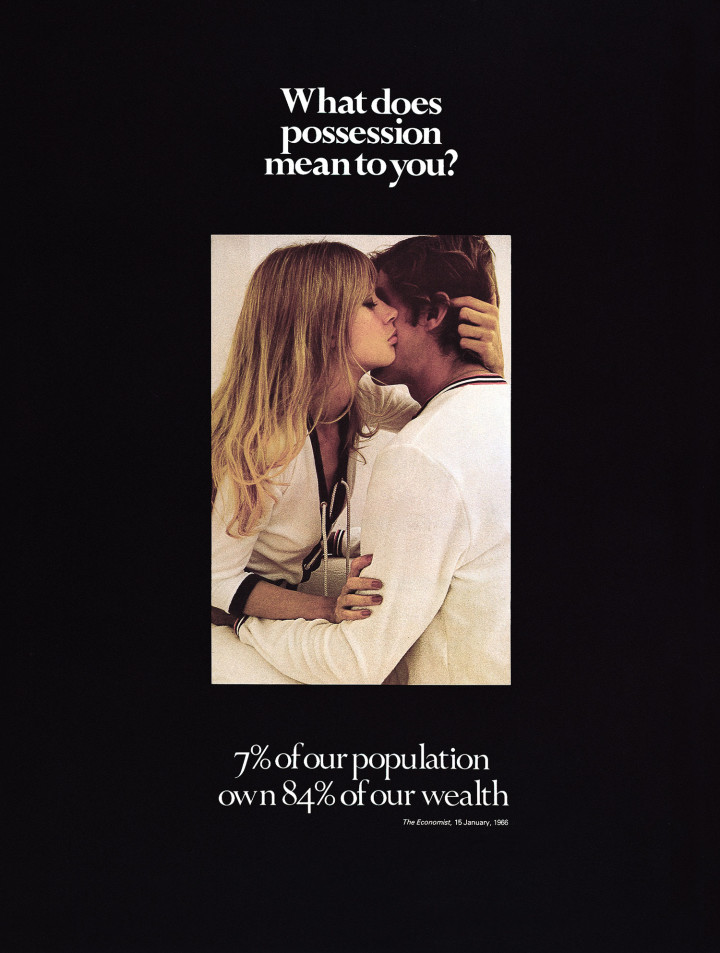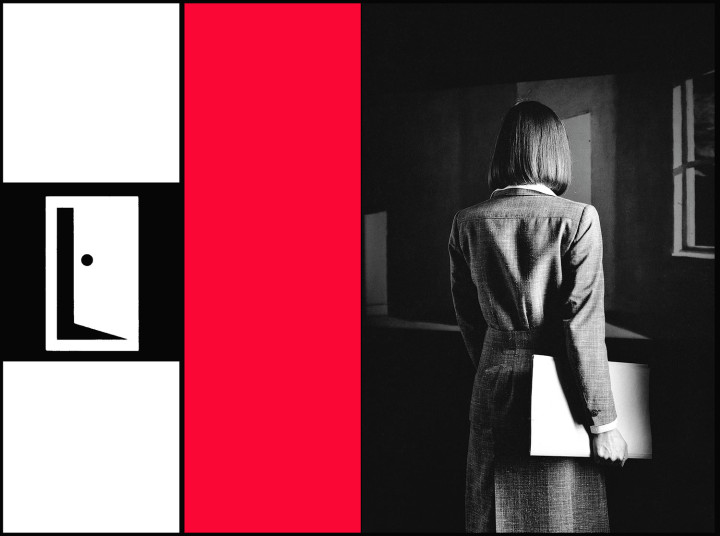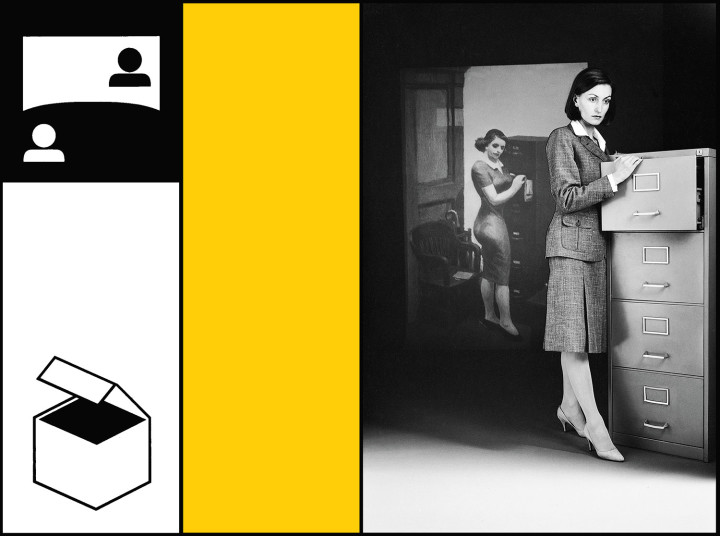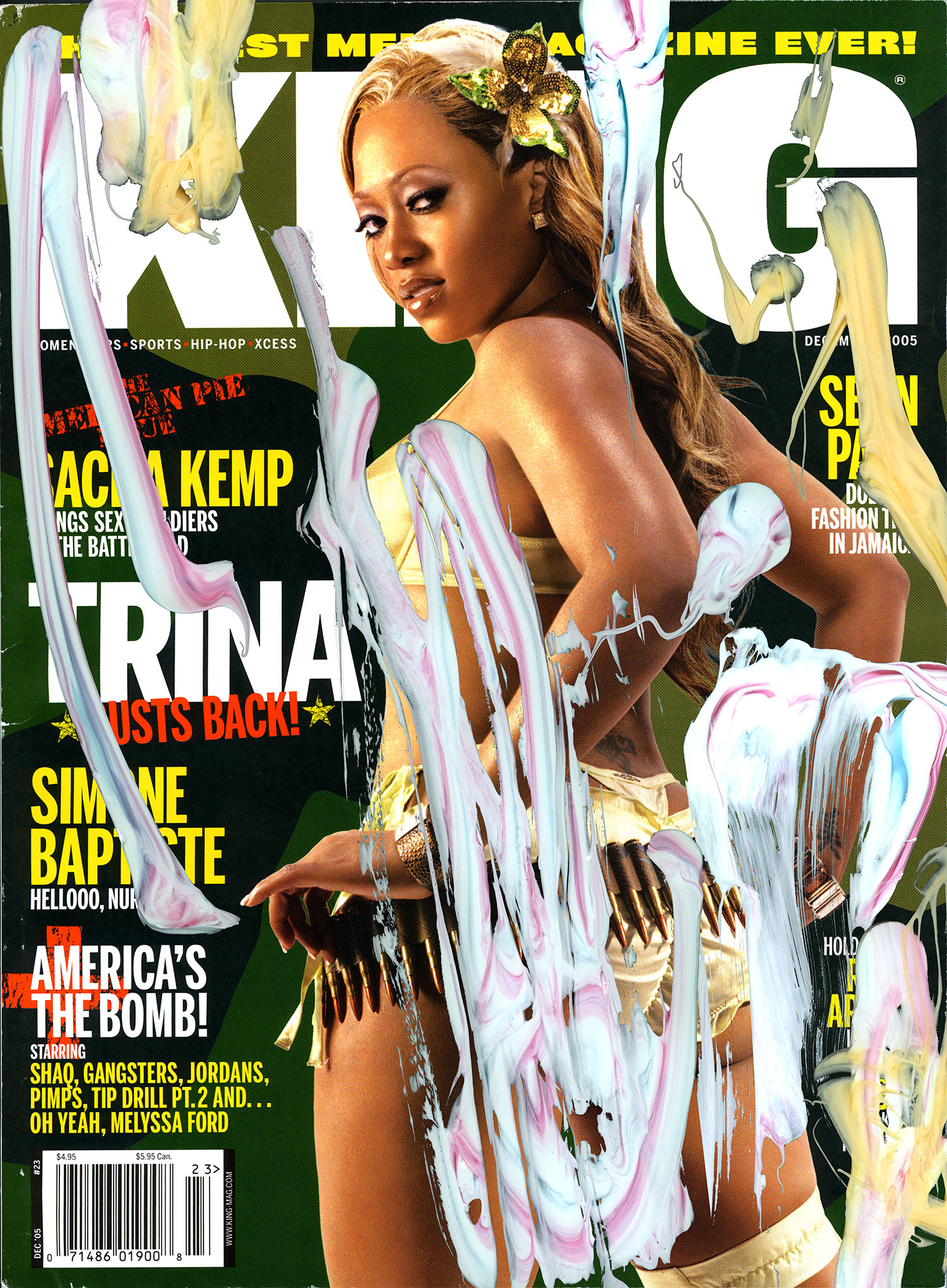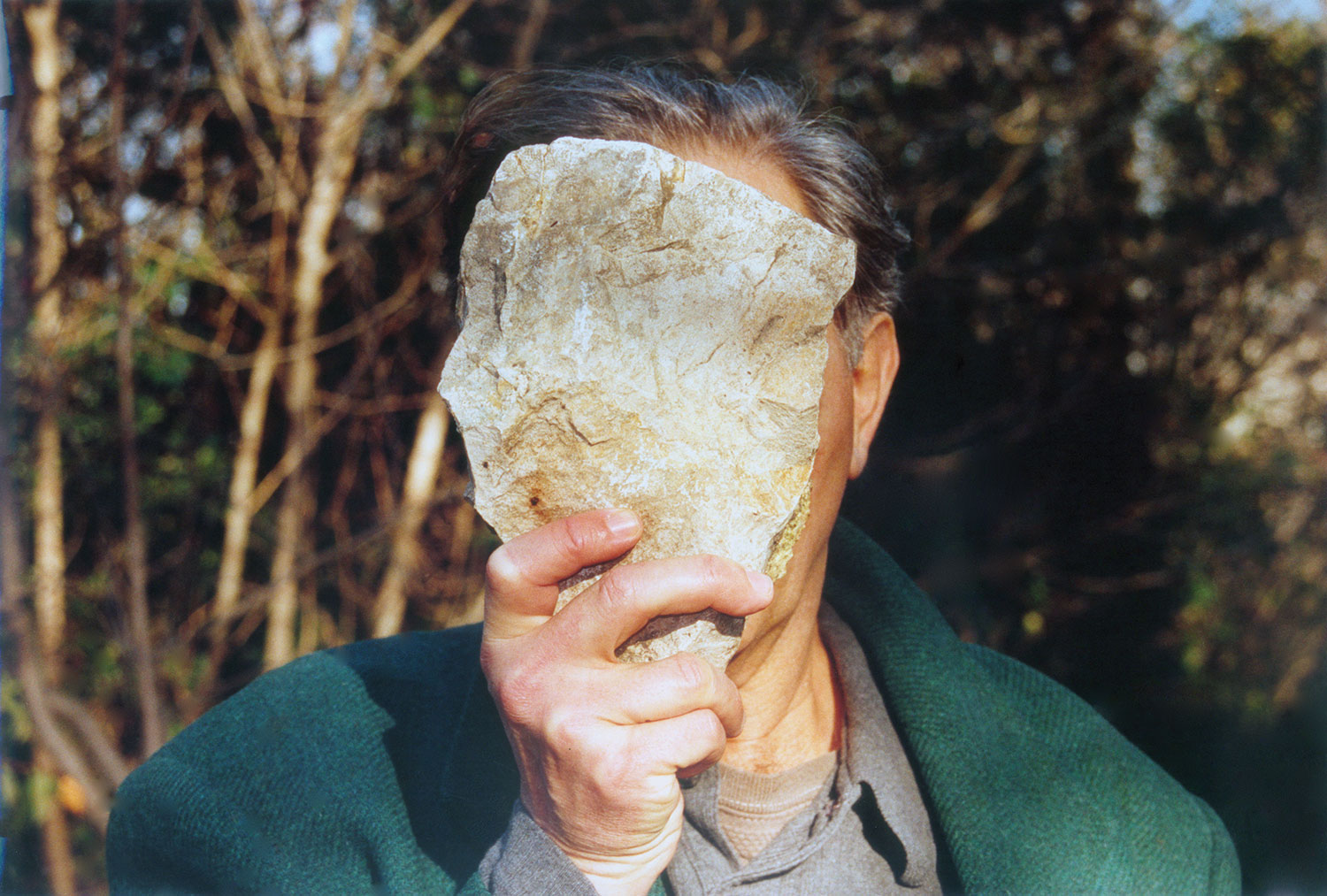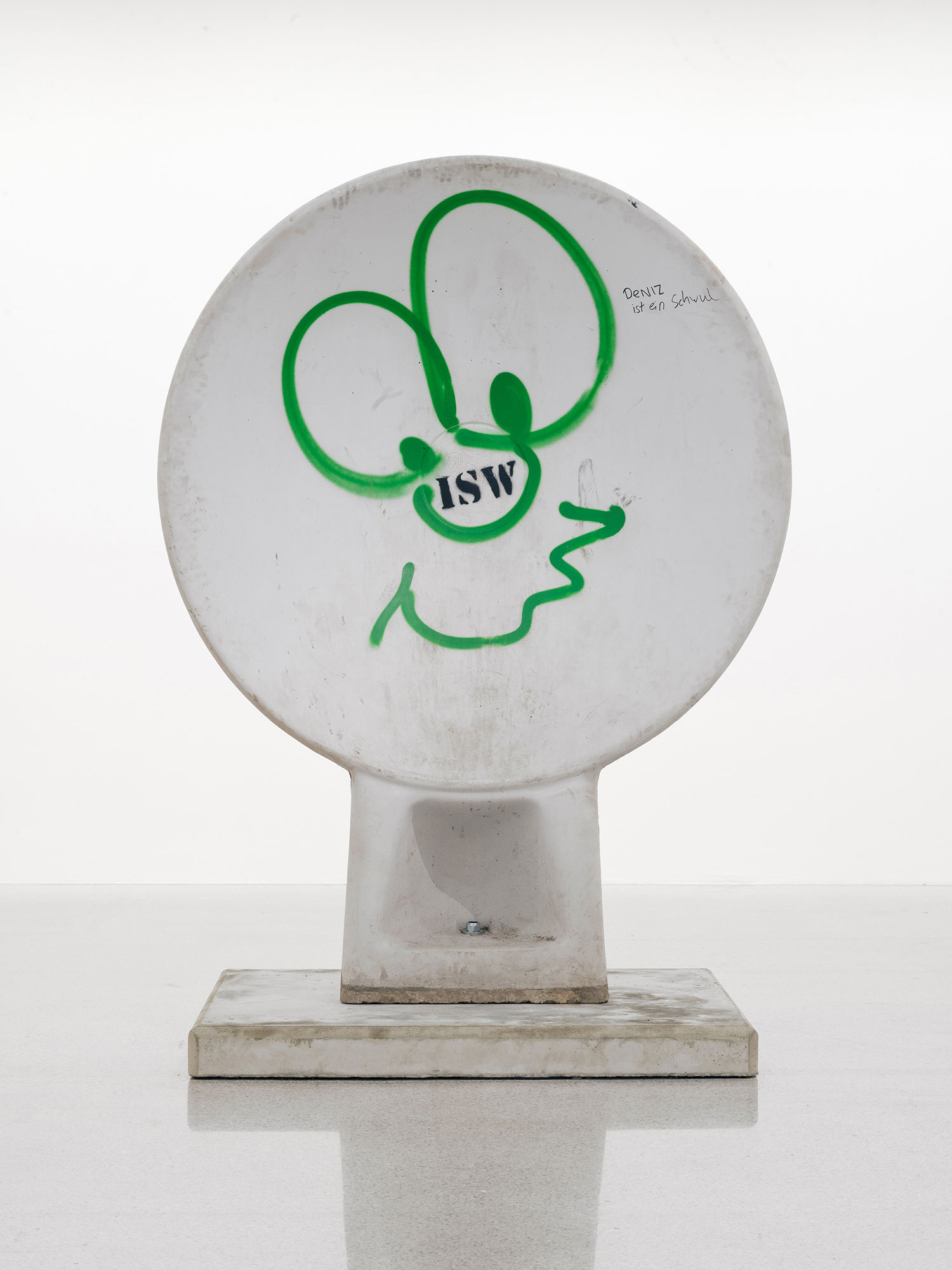From Flash Art no.143, November – December 1988. With a new introduction by the author
Friday, 2 December 2016: I receive an e-mail request for a preface to an article I wrote for Flash Art International in 1988. The issue of the magazine in which the article will reappear will reflect “the discourse of ‘difference’ within the current political climate.” The Syrians arrive today. A house has been equipped in a town near my home in southwest France to receive three generations of a refugee family. My wife and I meet three of them in the street market this morning. The older woman, shrouded in heavy robes, wears the hijab and her face is tattooed. Her husband wears an astrakhan hat. Their daughter — in jeans, her hair concealed only by the hood of her parka — has enough French to pass our greetings to her parents, who speak only the Arabic of their northern Kurdish region. Our town has a population of about two thousand. I read in today’s Le Monde that in recent days an additional fifty thousand civilians have fled Aleppo.
The issues foregrounded in the exhibition “Difference: On Representation and Sexuality,” cited in my 1988 article, are today subsumed within wider-ranging discussions of the limits of tolerance — ever more urgent questions of how to live together (albeit the contested imaginary of the woman’s body remains central). The “Difference” show was premised on a need to “distinguish between the representation of politics and the politics of representation” (“Sex, Text, Politics: An Interview with Victor Burgin,” Block, no. 7, 1982). As such, it contributed to a reflection on the specificity of the political in art that emerged from “conceptualism” in the political dissensus of the late 1960s. The 1980s, however, were the years when such self-scrutiny was largely replaced by a publicity and marketing mindset promulgated by a nexus of big money and an emergent class of trendsetting “creative curators.” Everything — the world’s misery not excepted — now blazed on a bonfire of puffery. A politically relevant politics of representation (or any other) may currently be difficult to define, but in the “current political climate” the political redundancy of “political art” — the pretentious and attention-seeking stuff of art biennials and fairs — has never been more obvious.
In the late 1960s, “Conceptual art” — a heterogeneous phenomenon — emerged both as a new chapter in the old story of bad relations between modernism and the “historical avant-garde” (Dada, Surrealism, 1920s Soviet art, and so on) and, contradictorily, the terminal stage of that same modernist progress toward complete self-reference. On the one hand (in common with the historical avant-garde), most conceptualist works represented a rejection of the commodity form of art, of the confinement of art within the museum (its separation from everyday life), and of an identity defined by a style. On the other hand, the most celebrated conceptualist (and stylist) of the period, Joseph Kosuth, concluded his manifesto “Art After Philosophy” (Studio International, October 1969) with: “Art’s only claim is for art. Art is the definition of art.” Kosuth subsequently joined the editorial board of Art-Language — in appearance a British journal of analytic philosophy, devoted to the dissection of statements about art. Art-Language differed from other philosophical journals, however, in that the articles it contained were written not by professional philosophers but by artists — who in using the journal to conduct internal doctrinal disputes in public, and to launch denunciations and excommunications, behaved, again, much in the manner of the avant-gardes of the 1920s and ’30s.
In the early 1970s, in response to an Art-Language attack, I put my own disagreement with what I saw as their hermetic avant-gardism in a short essay (“In Reply,” Art-Language, Summer 1972). I argued: “No art activity is to be understood apart from the codes and practices of the society which contains it; art in use is bracketed ineluctably within ideology.” The terms “code,” “practice” and “ideology” signal the presence of a different emerging framework for visual art in the early 1970s. In Europe, conceptualism coincided with that more fundamental critique of commodity society for which the 1968 “Events of May” now serve as an emblematic moment. One subsequent path of European conceptualism was into an involvement with the transformations of “left” cultural theory in the wake of 1968. In common with several other British artists and filmmakers (for example, Mary Kelly, Laura Mulvey and Peter Wollen) my work became a “working through” of political and theoretical positions informed at first by Althusserian Marxism and Barthesian semiotics, but which were quickly brought into conjunction with feminism and psychoanalysis. It was under the impact of feminism in particular that, in the mid-1970s, there was a move away from the “knowing” discourse of a Marxist class-political analysis toward forms of work which were, as Peter Wollen put it, “interjected into the place of which questions are asked, rather than that from which questions are asked.” This work focused particularly on the ideological construction of the individual subject of social processes. In 1984 some of this work was exhibited in New York as part of the New Museum exhibition “Difference: On Representation and Sexuality.”

In the early 1980s, one source of the great hostility which met the work in the “Difference” show —from almost all cultural political positions represented in New York — was its “conceptualist” appearance. “Not photographs and text again,” groaned one (leftist) critic. I asked him if he ever complained, “Not moving images and sound again,” when viewing films. For many “political conceptualists” the machine-printed photograph and the typewritten text had offered, for a period, a “zero degree” of style in which authorial expression could be subsumed to issues of content. In time, inevitably, this strategy itself became a recognizable style. To then continue to work in a style which had become dépassé was to emphasize that style was no longer a concern. What was at issue in the work was not a transient aesthetic form but a long-established semiotic form — text/image — encountered in most aspects of the everyday environment. The work of such “works of art” was upon systems of representations which were not confined within the institutions and practices of “art.” On that opening night at the New Museum it was my biggest surprise of the evening that the futility of applying traditional formalist and expressive criteria to such works — taken for granted in London — was not understood in New York, even by the “left.” (The “difficulty” of the work was also disliked. What seemed to be valued most on the New York art left was a clear political “statement” — specific indictments were best — accomplished with as much visual flourish as could be mustered.) Apart from attracting hostility from the left, the low-key, démodé appearance of most of the “Difference” work was also anathema to enthusiasts of then-fashionable neo-expressionism. The renaissance of conservative values toward the close of the 1970s had produced a “New Right and a New Spirit in Painting,” “new object” sculpture, and “neo-geo” followed. Today, “neo-conceptualism” is in fashion. What is “new” about this latest work however — when compared with the conceptualism of the 1960s and ’70s — is precisely what makes it the same as the stylistic revivals which immediately preceded it. Nothing has changed between neo-expressionism and neo-conceptualism, except appearances — their position with respect to the various economic and ideological apparatuses of art is the same. This is to observe that history has been evacuated from these purloined forms. “Art history” is not just a set of coffee-table volumes from Rizzoli, but this is precisely what these stylistic revivals would have us believe. Conceptual art, having spent its critical momentum, had (in Shklovsky’s image) completed its “journey from poetry to prose”; today’s neo-conceptualism has picked up the inert mass and carried it further — to a point where historical differences are flattened, a point of historical indifference, the terminal point of platitude. The original conceptual art is a failed avant-garde. Historians will not be surprised to find, amongst the ruins of its utopian program, the desire to resist commodification and assimilation to a history of styles. The “new” conceptualism is the mirror image of the old — nothing but commodity, nothing but style. We once again have occasion to observe, “What history plays the first time around as tragedy, it repeats as farce.”

Certainly, “those who do not know history are condemned to repeat it.” But what of those who refuse to know history in order to repeat it? In psychoanalytic terms, I am in the presence of “disavowal” — the disjunction of knowledge and belief (“I know very well I have seen this before, but nevertheless it is completely original.”) Phenomenologically, however, what I experience when I read some of the writings which promote this work is rather a sort of subtle stupidity — something allied to “pettiness.” What is most terroristic about the discourse of pettiness is that it seems petty to answer it. But it seems to me that there is something in common between the petty account of history in these blurbs for neo-conceptualism, and the response to the “Difference” show. One petty source of New York hostility to the “Difference” show was the prominence given to British artists (“As if they have anything to teach New York,” at least one visitor was heard to comment.) There was nothing new for me in this experience of the “difficulty of difference” — the difficulty of carrying “European” thought and practices into a sphere of artistic influence under the hegemony of New York’s legendary narcissism. The “difficulty of the différand,” I might say. “A case of a différand between two parties,” Lyotard writes, “takes place when a ‘regulation’ of the conflict which opposes them is done in the idiom of one of the parties while the injustice suffered by the other is not signified in that idiom.” Allow me two petty anecdotes: In my essay “Situational Aesthetics” (Studio International, October, 1969), I wrote: “As Brecht observed, we are used to judging a work by its suitability for the apparatus. Perhaps it is time to judge the apparatus by its suitability for the work.” I was of course referring to Bertold Brecht, whose use of the term “apparatus” invokes Benjamin’s essay “The Author as Producer.” When, however, my essay was reprinted in Ursula Meyer’s 1972 anthology Conceptual Art, this passage had been edited to begin: “As George Brecht observed…” (George Brecht, I believe, is a US performance artist). Again, in 1974, Artforum commissioned an article on my work. The writer wanted to reproduce a piece from 1972 (reprinted in my 1973 book Work and Commentary) comprising a series of written sentences grouped into twenty sections. It was agreed that the piece would be published across a double-page spread, ten sections to each page. What actually appeared in Artforum was the first page only with the type reversed out, white on black — to give it the appearance of a Joseph Kosuth “Definition” piece (moreover, no work after 1972 was reproduced in this 1974 article). These are petty incidents — I made no comment at the time they occurred because I did not wish, myself, to appear petty and narcissistic; but perhaps it is in such routine stupidities that we may discern a reflex refusal to admit difference that has more to do with our “large-scale” politics than we care to imagine. As we move into the 1990s — when racial and “third-world” issues will be even more urgent than they are now — I think the possibility is at least worth considering.

